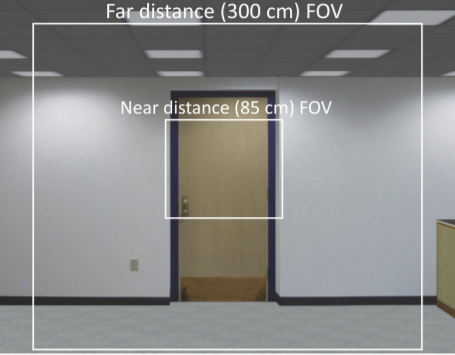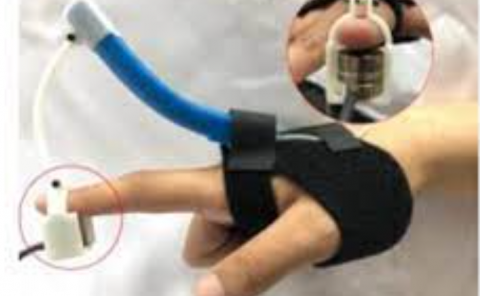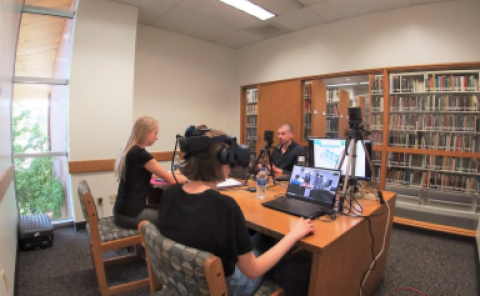Visual Stabilization of Balance in Virtual Reality Using the HTC Vive
PubDate: April 2019
Teams: Iowa State University
Writers: Jonathan W. Kelly;Brenna C. Klesel;Lucia A. Cherep
PDF: Visual Stabilization of Balance in Virtual Reality Using the HTC Vive

Abstract
Vision in real environments stabilizes balance compared to an eyes-closed condition. For virtual reality to be safe and fully effective in applications such as physical rehabilitation, vision in virtual reality should stabilize balance as much as vision in the real world. Older virtual reality technology was previously found to stabilize balance but by less than half as much as real-world vision. Recent advancements in display technology might allow for vision in virtual reality to be as stabilizing as vision in the real world. This study evaluated whether viewing a virtual environment through the HTC Vive—a new consumer-grade head-mounted display—stabilizes balance, and whether visual stabilization is similar to that provided by real-world vision. Participants viewed the real laboratory or a virtual replica of the laboratory and attempted to maintain an unstable stance with eyes open or closed while standing at one of two viewing distances. Vision was significantly stabilizing in all conditions, but the virtual environment provided less visual stabilization than did the real environment. Regardless of the environment, near viewing led to greater visual stabilization than did far viewing. The smaller stabilizing influence of viewing a virtual compared to real environment might lead to greater risk of falls in virtual reality and smaller gains in physical rehabilitation using virtual reality.



